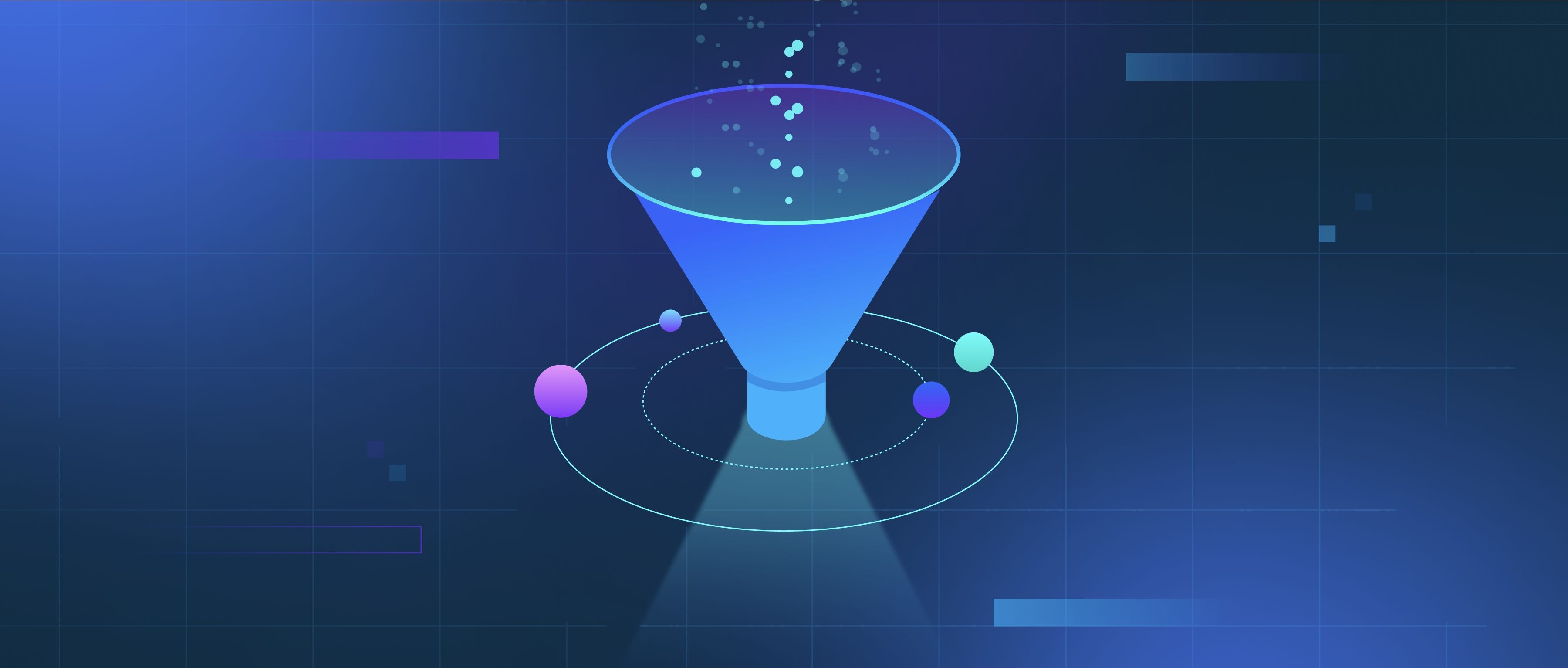Tokenization is the process of breaking down text into smaller units, called tokens, which are the fundamental building blocks for NLP tasks. These tokens can represent words, subwords, or characters, depending on the specific needs of the application. For example, the sentence "I love NLP!" can be tokenized as ["I", "love", "NLP", "!"] at the word level. Alternatively, subword-level tokenization might produce ["I", "lo", "ve", "N", "LP", "!"], which is especially useful for handling rare or out-of-vocabulary words.
Tokenization is critical because it structures raw text data into a format that machines can process. Word-level tokenization works well for simple languages with clear word boundaries but can struggle with contractions or complex languages like Chinese. Subword tokenization methods, such as Byte Pair Encoding (BPE) or WordPiece, address these challenges by balancing granularity and vocabulary size. Character-level tokenization is another option, particularly in domains where finer granularity is needed, such as molecular biology or phonetics.
Tools like spaCy, NLTK, and Hugging Face Transformers offer efficient tokenization techniques. Selecting the right tokenization strategy directly affects model performance, especially in tasks like text classification, translation, or question answering. Tokenization is usually the first preprocessing step, making it foundational to the NLP pipeline.
